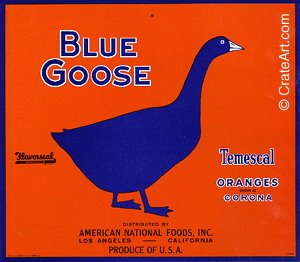Reading Proust has made me wonder: what does drawing-room mean? Could the word have originally referred to a room in which accomplished young ladies worked on their sketching? Alas, no. Here's a charmingly quaint definition from the Oxford English Dictionary of the word's meanings then and "now":
1. a. orig. A room to withdraw to, a private chamber attached to a more public room . . . ; now, a room reserved for the reception of company, and to which the ladies withdraw from the dining-room after dinner.The OED records the word's first appearance in 1642, as a shortening of withdrawing-room, which itself goes back to 1591. The even older withdrawing-chamber dates to 1392.
So I began to wonder about withdraw, which suddenly looked rather odd. Why does it mean what it does? The explanation is found in the word retire, which comes into English from the French retirer, "to withdraw," from re- and tirer, "to draw, to pull; to take out, to extract" (Cassell's French-English Dictionary). So to withdraw is to retire.
I shall now retire to the drawing-room.
Oops, it's ladies only.



